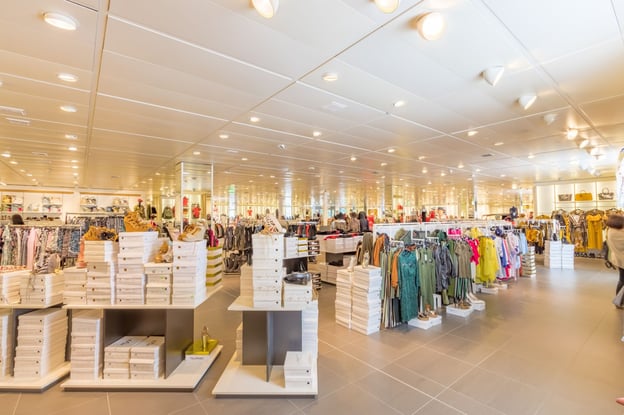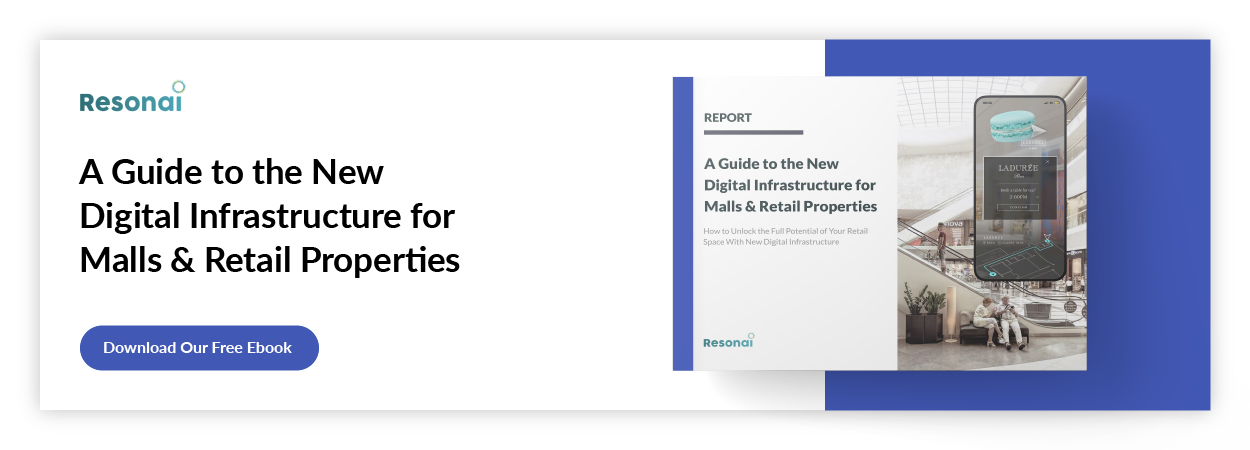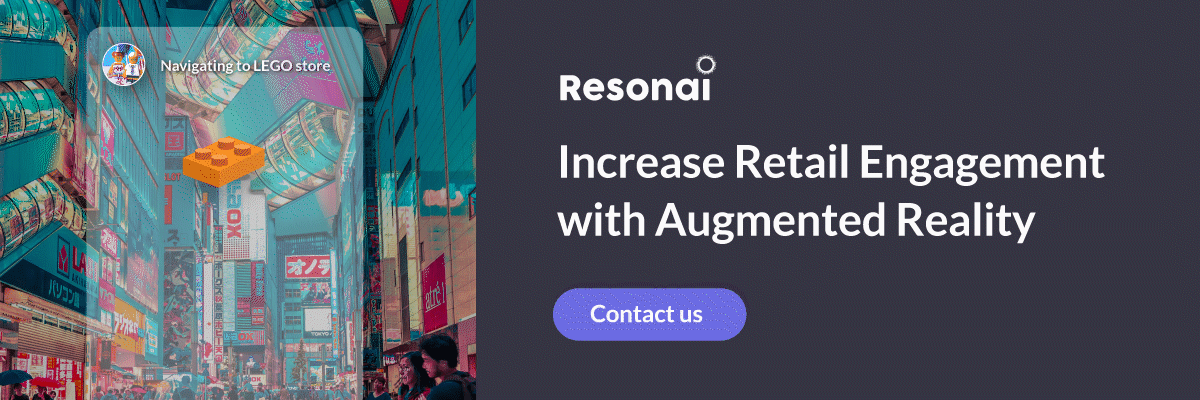How a Racetrack Store Layout Affects Retail Sales
A racetrack store layout opens the floor for as many products as possible, intriguing customers and boosting sales.
 From quaint local shops to international retail chains, one common dilemma resonates with every brick-and-mortar business in the world: choosing which layout is best. There are many options, but one to keep in mind for nearly any kind of location is the racetrack store layout. Here's what makes this format a great way to maximize a store's potential and cater to customers, all while boosting sales in the process.
From quaint local shops to international retail chains, one common dilemma resonates with every brick-and-mortar business in the world: choosing which layout is best. There are many options, but one to keep in mind for nearly any kind of location is the racetrack store layout. Here's what makes this format a great way to maximize a store's potential and cater to customers, all while boosting sales in the process.
Jump to a section…
What is a racetrack store layout?
A fast track to increased sales
Examples of successful racetrack store layouts
Ready to take your store layout strategy to the next level? Check out our comprehensive article, "Store Layout: The Ultimate Guide."
What is a racetrack store layout?
A racetrack store layout — also called a "loop” layout — places product and shelving in such a way to leave an oval-shaped loop (like a racetrack) around the store. In theory, a customer will enter the store already in the loop, then walk the designated path around the store, reaching different departments and products both along the walls and in the center of the loop.
A fast track to increased sales
This layout allows retailers to put a variety of products in front of the customer in a way that feels natural to them, presenting an “unusual and interesting shopping experience.” This is key, since impulse purchases can account for 40% to 80% of sales, and the more exposure customers have to different and interesting products, the more likely they are to make those purchases. The elliptical walking space also provides a clear path through the store, with ample signage for individual departments as well as restrooms, entry, exit, and checkout points.
On the retailer side, this layout offers substantial freedom on how you wish to set up your store. As the layout encourages customers to travel through the entire loop, demands on department placement can be more forgiving, since the shopper will (at least in theory) visit everything on the loop. The center of the loop also provides an ideal spot for seasonal items, popular one-offs, or other special offers that might not normally be part of your everyday stock.
The power of the loop is contingent on it being kept clear of obstacles: Loose products, oversized signage, or any other obstruction could upset the natural flow of the path, thus creating extra frustration for customers. Thankfully, the emergence of digital infrastructure presents a compelling opportunity to augment your racetrack store layout with numerous new attractions and sales opportunities, all without fear of diluting its practical effectiveness. Read our Guide to the New Digital Infrastructure for Malls & Retail Properties to learn more.
Benefitting the customer
Laying out a retail store like a racetrack creates a simpler experience for potential customers, allowing them to walk through and shop at their own pace. If they miss a department, they know they will be able to find it simply by returning to the path. This gives customers more freedom than forced-path layouts, allowing them to start their visit in whichever direction they choose.
You can help customers shop more effectively by positioning the aisles in each department in such a way that they have easy access to and from the loop. Items that customers feel are off the beaten path may have more trouble selling, so be wary of where certain products sit not only in their designated area, but also in regards to the loop.
Examples of successful racetrack store layouts
Looking for some real-life inspiration? Here are some of the most prominent uses of racetrack store layouts by three successful retailers.
- Target: With a broad range of goods that range from electronics to frozen foods and beyond, Target uses a racetrack store layout to keep its aisles organized and easily navigated. Individual departments, such as grocery, may swap to miniature grid layouts, but they all feed back into the racetrack.
- Kohl’s: Many department stores now use a racetrack store layout, but Kohl’s widespread adoption thereof helped to pioneer the form. Shoppers can easily find their way from one department to the next, and prominently placed promotions help ensure they see all the best deals.
- Ikea: Though the Swedish retailer is famous for its use of a forced-path layout to traverse the entire store, each individual department is arranged like a racetrack to encourage customers to see everything on offer — a sort of inversion of Target’s approach.
Off to the races
The racetrack store layout is a key example of how the structure of a retail store's floor can contribute to the success of the business. Giving customers easy access to as many products as possible, as efficiently as possible, is a winning formula for increased sales and a thriving brick-and-mortar store.
Integrating digital infrastructure with your existing locations is another effective way to make the most of each store, empowering customers to discover new products and experiences with technology they already have in their pocket. It sounds futuristic, but it’s already feasible with the right approach and the right partner. Get in touch with Resonai today and set up a free demonstration.
Subscribe to Our Newsletter!
Read More
Store Planning: The Ultimate Guide for Retail
Store planning is both an art and a science. Elements of behavioral psychology, geometry, and...
How a Grid Store Layout Affects Retail Sales
There’s a wide variety of potential store layouts, but the grid store layout has long been the most...
5 Clothing Store Layout Must-Haves
With more consumers turning to ecommerce, it’s increasingly important to highlight the unique value...

